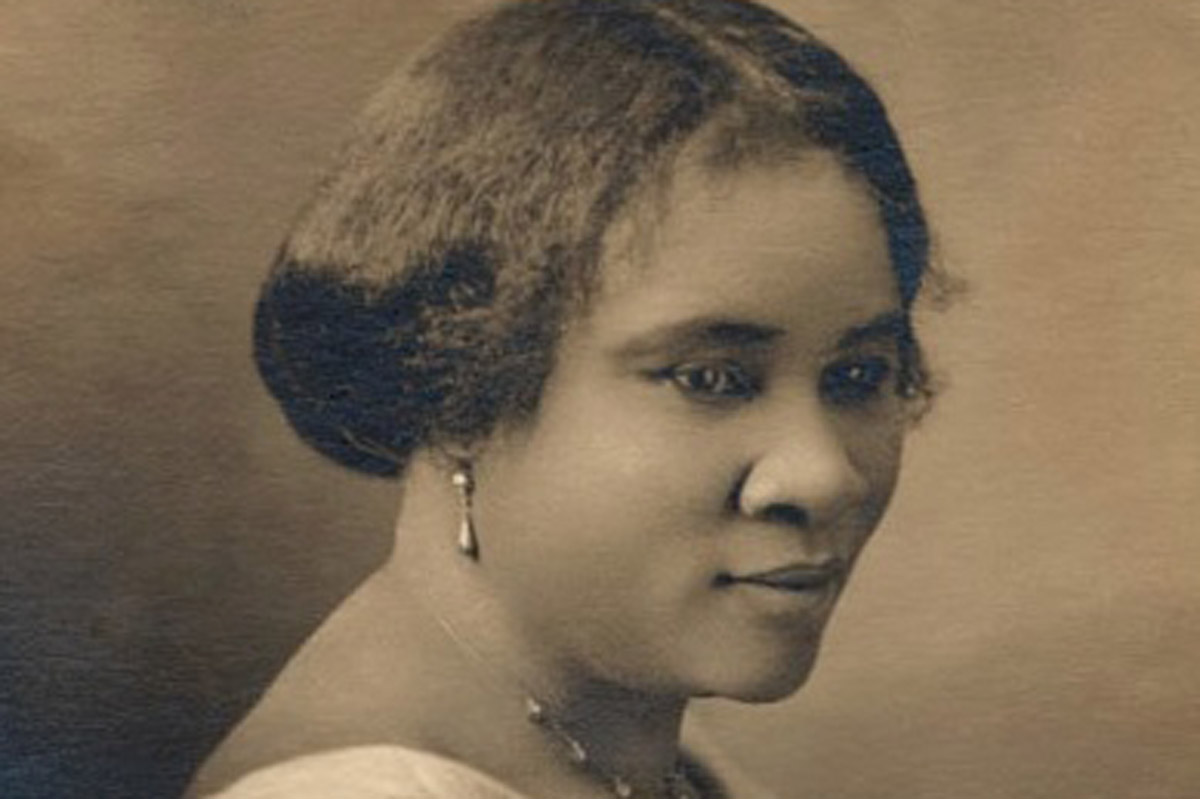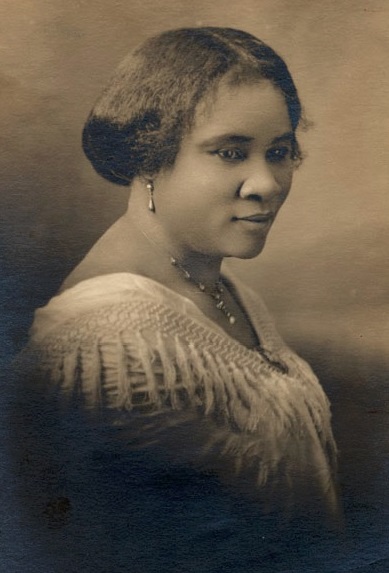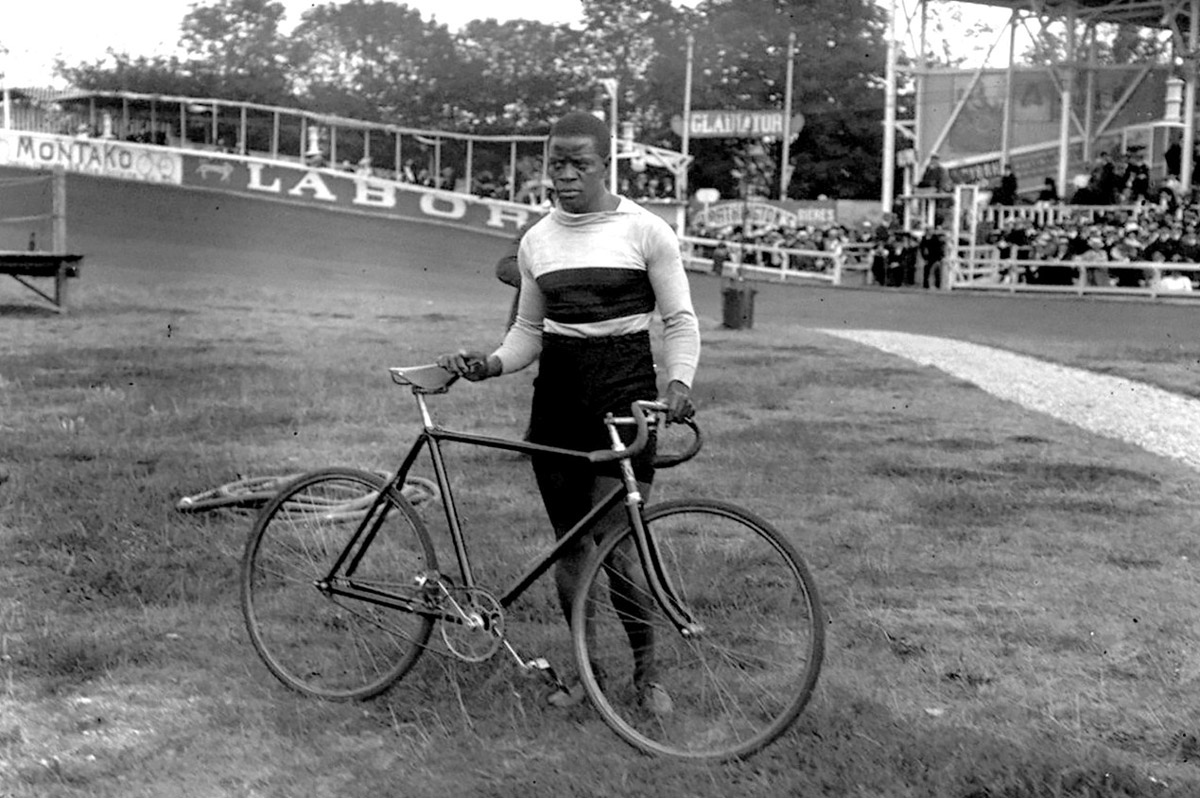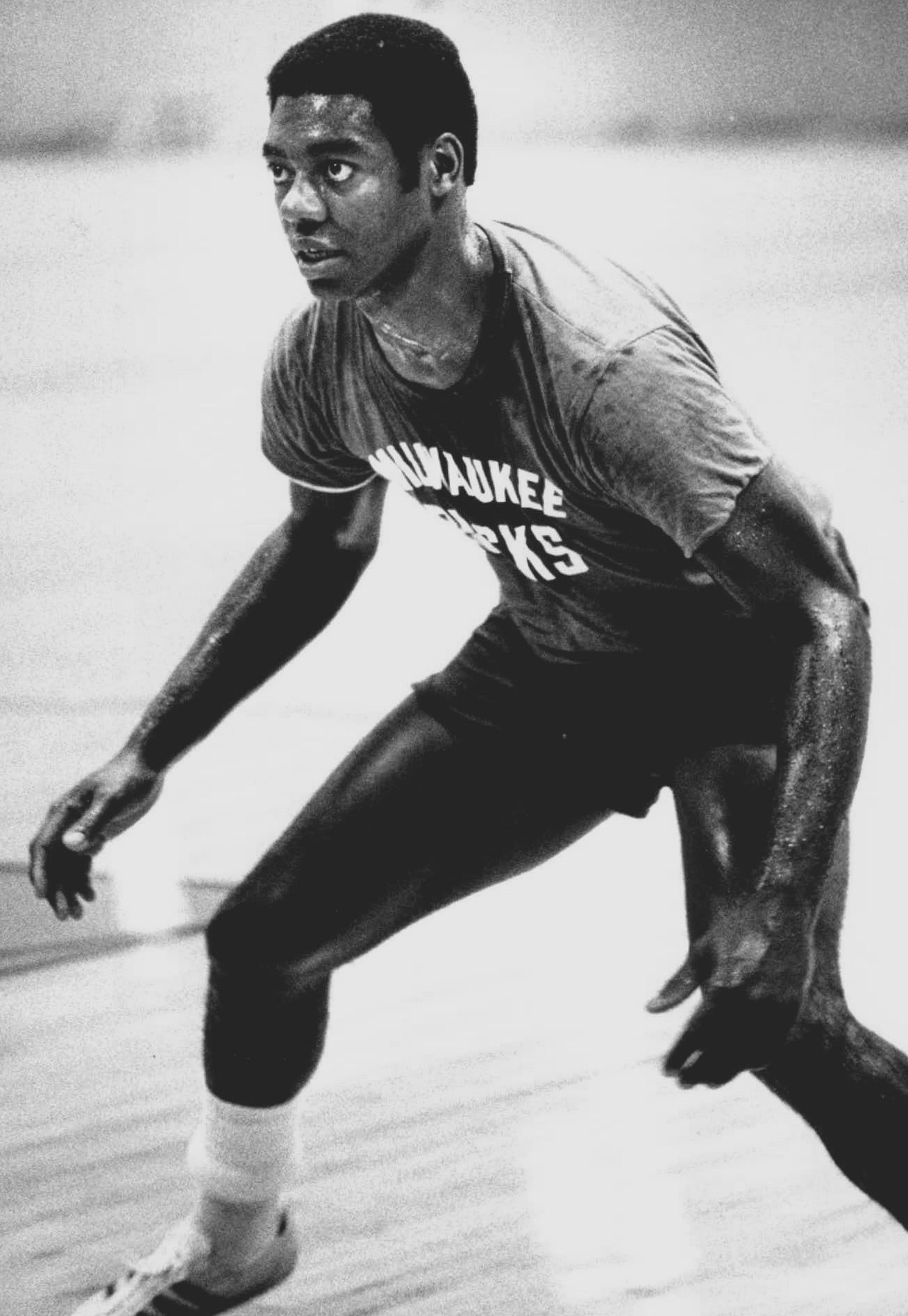Published February 1, 2023
February is Black History Month—a time to honor our Black leaders, achievers, and historical figures. But this month isn’t just about honoring the past; it’s also about shaping the future. And we can do exactly that by encouraging our kids to learn about and get inspired by some of the many success stories that came before them. In celebration of Black History Month, here’s a little bit about just a few Black achievers with strong ties to the Hoosier State.
 Madam C.J. Walker
Madam C.J. Walker
Madam C.J. Walker was born in 1867 to parents who had formerly been enslaved. When she developed a scalp condition that caused her to lose most of her hair later in life, she decided to create a system of lotions and combs that would help other people with similar ailments. She called it the “Walker System” and marketed it directly to Black women to help them grow and care for their hair. Her business grew into a huge success, and she became the first Black woman to become a millionaire in the United States. In 1910, she moved the headquarters of her business to Indianapolis, where the building still stands as the Madam Walker Legacy Center and is registered as a National Historic Landmark. Madam Walker’s company created thousands of jobs for Black people—mostly women—and continues to be an inspiration to countless young Black people to this day.
For more info on Madam C.J. Walker, we highly recommend you visit the Madam Walker Legacy Center, where they frequently hold educational, entertaining, family-friendly events. Learn more on their website here.
 Major Taylor
Major Taylor
While his name suggests a career in the military, Marshall Walter “Major” Taylor was actually a world-class cyclist and is considered the world’s first Black sports superstar. Many consider him to be the greatest American sprinter of all time—even when held to today’s standards! Born in Indianapolis in 1878, Taylor lived during the Jim Crow era—a time of strict segregation. So, even though he showed great promise in cycling, he had to fight through many racial barriers just to compete. But not only did he compete, he dominated, winning the world championship in the one-mile sprint. Taylor was one of the first Black athletes to earn global recognition and helped pave the way for the generations of Black athletes who would soon follow.
For a look at his life through his own eyes, check out his autobiography, The Fastest Bicycle Rider In the World. You can read it for free here.
 Wes Montgomery
Wes Montgomery
John Leslie “Wes” Montgomery was born in Indianapolis in 1923 and would go on to become one of the most influential jazz guitarists of all time. Initially, he supported himself as a welder while he was mastering the guitar and working toward his big break. And when he finally got that break, it was absolutely huge. Montgomery recorded music with the legendary Quincy Jones, performed on The Tonight Show Starring Johnny Carson, and released Movin’ Wes, an album that sold over 100,000 copies. He wrote the songs “California Dreamin’,” “Tequila,” and countless other hits that are still beloved to this day. His unique style would later influence Jimi Hendrix, Stevie Ray Vaughn, and Pete Townshend, among others. He was nominated for several Grammys and won two. Wes Montgomery is a musical legend and is honored with a park in his name on the east side of Indy.
 Lucy Higgs Nichols
Lucy Higgs Nichols
Lucy Higgs Nichols, known as “Aunt Lucy,” was born into slavery in Tennessee in 1838 but would ultimately escape to the Union lines and join the 23rd Regiment, Indiana Volunteers. She became a nurse for the Union Army and provided critical support during 28 different battles of the Civil War. Nichols was such a valued member of the team that she was accepted as the first female member of the Grand Army of The Republic, an organization that was formed to honor the Union Army Veterans. She eventually settled in New Albany, Indiana where she continued to work for officers and wounded veterans. Her bravery and support contributed to the Union’s victory, and in doing so, helped to end the practice of slavery in the United States.
 Isom, Thomas, and George Ampey
Isom, Thomas, and George Ampey
The Indiana-born Ampey brothers are considered some of the first Black soldiers to fight in the Union Army during the Civil War. They joined both the 28th Regiment of the U.S. Colored Troops (USCT) and the 54th Massachusetts Infantry Regiment, both of which have great historical significance. The first was Indiana’s only Black regiment in the war. The latter served as the inspiration for the movie Glory, which starred Denzel Washington and won an Oscar in 1989. Thomas lost his life at the assault at Fort Wagner, South Carolina in 1863. Isom (pictured) and George survived the war and would go on to live in Michigan. All of them were Black heroes and played an instrumental role in shaping US History.
 Oscar Robertson
Oscar Robertson
Born in 1938, Oscar “the Big O” Robertson grew up in Indianapolis and loved the game of basketball. But he was also extremely poor, so he had to improvise. Since his family couldn’t afford a basketball, he wrapped rags around a tennis ball, fastened them into place with rubber bands, and taught himself how to play the game by shooting his makeshift ball into a peach basket. He continued to play ball when he attended the all-Black Crispus Attucks High School—when he was a junior, he and the Attucks team won the 1955 state championship, which was the first time in the nation an all-Black school had achieved such a feat. Robertson went on to play basketball in college and then professionally and would turn into one of the most decorated players of all time. He set several records, won the MVP Award, was named to 12 all-star teams, and co-captained the US basketball team at the 1960 Summer Olympics (winning gold). Robertson was inducted into the hall of fame in 1980.
Black History Month is a great opportunity to showcase Black achievers, and sharing their stories with your kids is a great way to inspire them. So, take a moment to teach them about Black entrepreneurs, musicians, athletes, and heroes. Because there’s plenty of inspiration right here in Indiana.

 Madam C.J. Walker
Madam C.J. Walker Major Taylor
Major Taylor Wes Montgomery
Wes Montgomery Lucy Higgs Nichols
Lucy Higgs Nichols Isom, Thomas, and George Ampey
Isom, Thomas, and George Ampey Oscar Robertson
Oscar Robertson